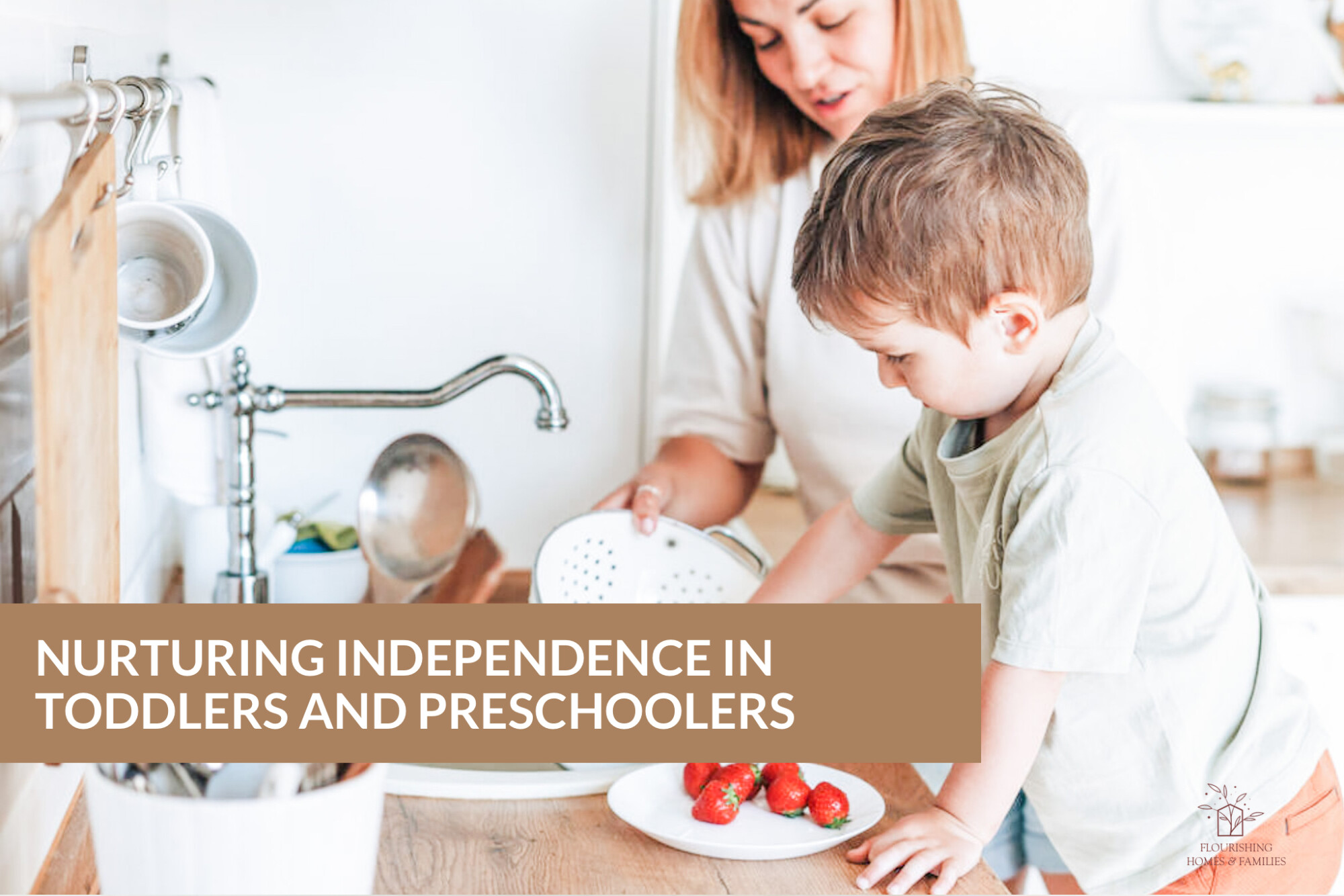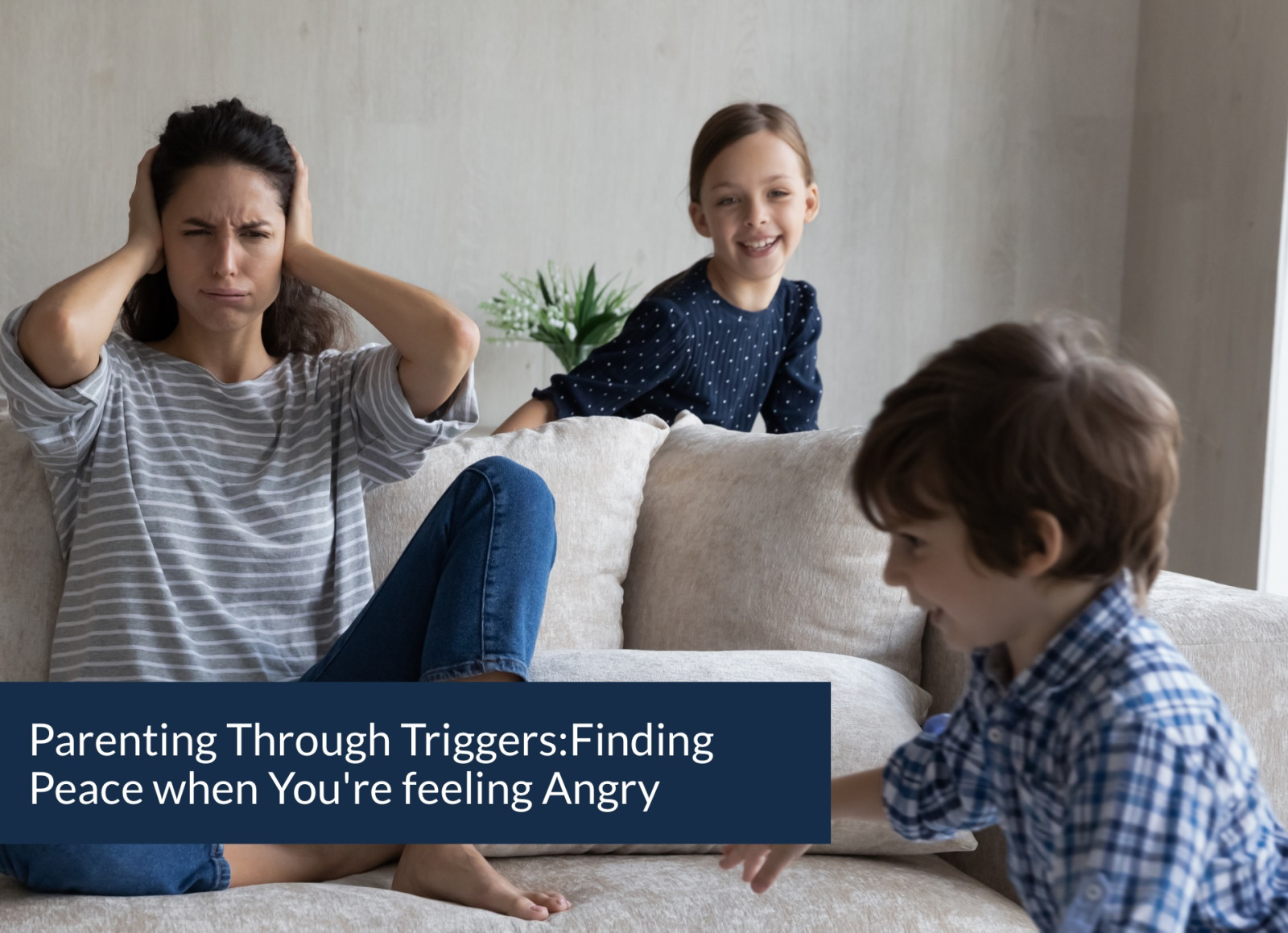
Imagine living in a home where every time you need something you have to ask your spouse.
Thirsty? Find your husband and ask him to stop what he is doing and go to the big cabinets where all the drinking glasses are out of reach and fill the glass up with water from the sink which is also too tall for you.
Hungry? Again, go look for a more capable person who can suggest things to you because you have no idea what the grocery inventory is or how to prepare what you want to eat.
Feeling tired and want to relax on the couch with a book? Maybe this time, the person who does everything for you will give you instructions and encourage you to take your already tired self into your room so that you can “grab your cozy stuff” only, grabbing your cozy stuff really means you’ll need to make multiple trips from your room to the couch. And you’ll have to do this while dragging and pulling pillows, blankets, and stuffed animals that are bigger than you are.
This sounds like a joke, right? These scenarios would be frustrating to anybody.
But for many kids (and some adults), this is their life every day.
Sometimes grown-ups just don’t give kids enough credit here because we have forgotten what it is to be a small person in a big world.
In our home, we began implementing a lot of changes to give our kids independence, and I’m not exaggerating when I say that I immediately saw less frustration.
Independence does not look the same for everyone, but I do want to share some suggestions for you to evaluate for yourself and see if/how they may fit into your home with your family.
Practical tips to encourage independence in toddlers + preschoolers
- Bring things down to their level: For us, we went room by room and asked 2 questions→ What does my child need/do in here? + Is there a way I can safely make it easier for him? For example, a simple faucet extender or wooden stool could safely make time in the bathroom less frustrating. Clearing out a drawer in the kitchen to fit all of the kid cups + bowl and setting up a little water station with a water dispenser gives him the ability to take care of his own needs when he is thirsty. Something as simple as setting up a few command hooks + shoe basket at preschool eye level makes getting out the door a lot easier for us. These things will look different for everyone, but I encourage you to go room by room and ask yourself the same questions.
- Set up an easily accessible way for them to take rest as they need it: Imagine how frustrating it could feel to get yourself situated for rest time as a little person. As adults, we are probably used to grabbing a throw blanket, a pillow, a beverage, and a snack and getting it all set up just right. But kids can’t do that as easily because those things are just bigger and harder for them. It takes a lot of energy to just go get a pillow. In our home, I have rest time items easily accessible. Kids can have their own throw blankets in a basket near the couch, rest time books + fidget toys have a small space nearby and snacks and drinks are easy to grab. This also brings a much more enjoyable attitude to the idea of rest because now it rarely begins with a meltdown or frustration.
- Sit down and plan together: I like to sit down with the kids at breakfast and say something along the lines of “Here is what we need to get done today, is there anything you think we should add to the list?” I might even ask for suggestions on the order of the list being completed if I have the flexibility on that day. This is also a great way to model flexibility.
- Set them up to be helpers: Sometimes kids just need to know they are needed. If we put ourselves in their shoes again, it could feel deflating not to be old enough, big enough, or strong enough to contribute to the community you are a part of. This looks so different in each family and even with each individual kiddo. But some ideas for this would be getting kid-sized kitchen tools that allow them to actually help. A wavy chopper or wooden chopper has helped us tremendously with keeping things calm during meal prep time. The kids love to know they are helping our family and it keeps them busy with a meaningful task. Something like a simple broom and dustpan set that they are able to reach and use when you need some help is also another great way to do this.
- The ability to get ready for the day on their own: One of the best mom decisions I ever made for our family was doing capsule wardrobes for the kids. Does anyone else ever feel they are drowning in kids clothes and still finding time to argue about clothing choices with a 3-year-old?! Making the switch to keeping (about) 15 articles of clothing for each child that are all seasonally appropriate, easily accessible, and that also match together helped in a lot of ways. If you have a child that likes (or needs) some extra time taming the hair–an eye-level mirror with hooks for a hair brush + hair ties + headbands can be a fun addition as well.
At the end of the day, your home is a safe place for your family and how you set it up is totally and completely unique to you. These ideas are just meant to encourage you to look at that place through the eyes of your child who is learning and developing so much every day. Sometimes a frustrated child is a child who just needs to know they can do something–anything– all by themselves that makes them feel important. So let’s get down in those feelings with them and help them see the beautiful, capable, competent, and important people that they are.
I want you to know that I understand how hard it is to brainstorm some of these ideas on your own–especially when you feel you’re riding the struggle bus in the toddler + preschooler frustration department. So if you’re feeling a bit stuck here and want to join the conversation, come have a seat at our table, grab a cup of coffee, and let’s figure this out together.













0 Comments